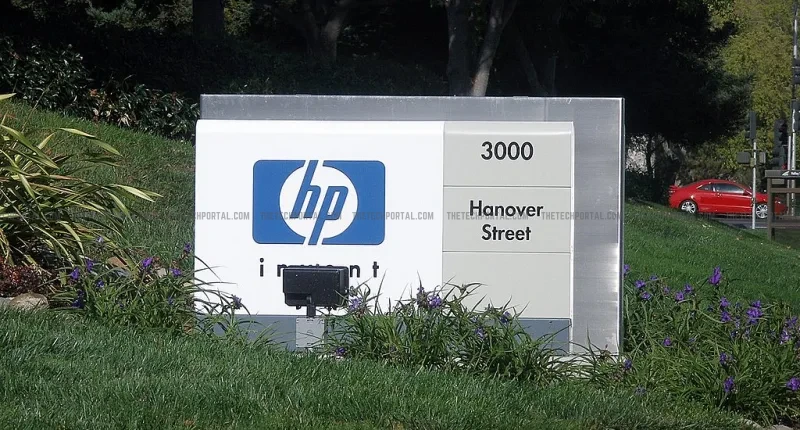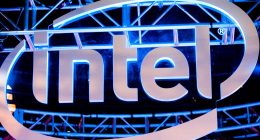The ever-rising concerns over AI’s impact on employment gained fresh momentum this week – HP is preparing for one of its most extensive restructurings in years, projecting thousands of job cuts. HP, which has struggled to find its footing in recent years, specially post 2021, is now gearing up to reduce its global workforce by 4,000–6,000 jobs by fiscal 2028 as part of a broader strategy to integrate AI across its operations. The move comes as the PC and printer maker confronts rising memory-chip costs and a shifting demand environment for personal computers.
CEO Enrique Lores told investors the company expects the restructuring to deliver roughly $1 billion in annual gross savings by 2028. The restructuring is expected to carry about $650 million in charges, with $250 million coming in fiscal 2026, which began November 1. HP’s headcount stood near 58,000 as of October 2024, down from around 61,000 at the time of its previous workforce reduction in 2022. That earlier restructuring, which also aimed to cut 4,000–6,000 jobs, reportedly generated savings of approximately $2.2 billion.
It is evident that AI played a central role in HP’s latest workforce reduction plan, with the company saying it is deploying advanced automation tools across product development, customer support, sales and manufacturing, allowing it to consolidate roles and run operations with fewer employees. As these systems take over tasks ranging from engineering processes to routine service interactions, HP expects productivity gains to rise faster than staffing needs.
Under the revised guidance, HP expects adjusted earnings per share (EPS) for fiscal 2026 to range from $2.90 to $3.20, falling short of the $3.32 average forecast by analysts. For the quarter ending January, EPS is projected at 73–81 cents, slightly below consensus estimates of around 79 cents. The company said it remains cautious in part because of sharply higher memory-chip prices. Memory components — notably DRAM and NAND — have surged in cost amid global supply constraints driven by heightened data-centre demand for AI infrastructure, industry sources report.
In the fiscal fourth quarter, which ended October 31, HP reported revenue of $14.64 billion — just ahead of estimates — and adjusted EPS of 93 cents, beating expectations by a slim margin. Its personal-systems segment (desktops and laptops) saw an 8% revenue increase to $10.35 billion, buoyed by demand for Windows 11 upgrades and early shipments of AI-enabled PCs. The company said more than 30% of its PC shipments in the quarter were AI-enabled machines. Meanwhile, its printing business fell 4%, to around $4.3 billion, as customers delayed upgrades and competitive pressure intensified.
HP’s reliance on memory chips has grown as PCs and servers require larger and faster configurations — but the surge in DRAM prices has thrown a wrench into the economics.
Earlier this month, leading memory-chip manufacturers raised contract prices sharply, driven by demand from AI and cloud infrastructure clients. According to industry data, server DRAM prices have surged up to 50% in recent weeks, creating supply stress and higher input costs for hardware vendors. The chip shortage has been so acute that buyers are reportedly receiving only about 70% of their orders — even after agreeing to steep price increases — a dynamic that could persist into 2026. It is estimated that HP, along with other OEMs such as Dell Technologies and Acer, will face margin pressure until memory supply stabilizes or demand slows down. In response, HP has shifted much of its North American manufacturing out of China over the past few years, partly to avoid tariffs.
The Tech Portal is published by Blue Box Media Private Limited. Our investors have no influence over our reporting. Read our full Ownership and Funding Disclosure →






